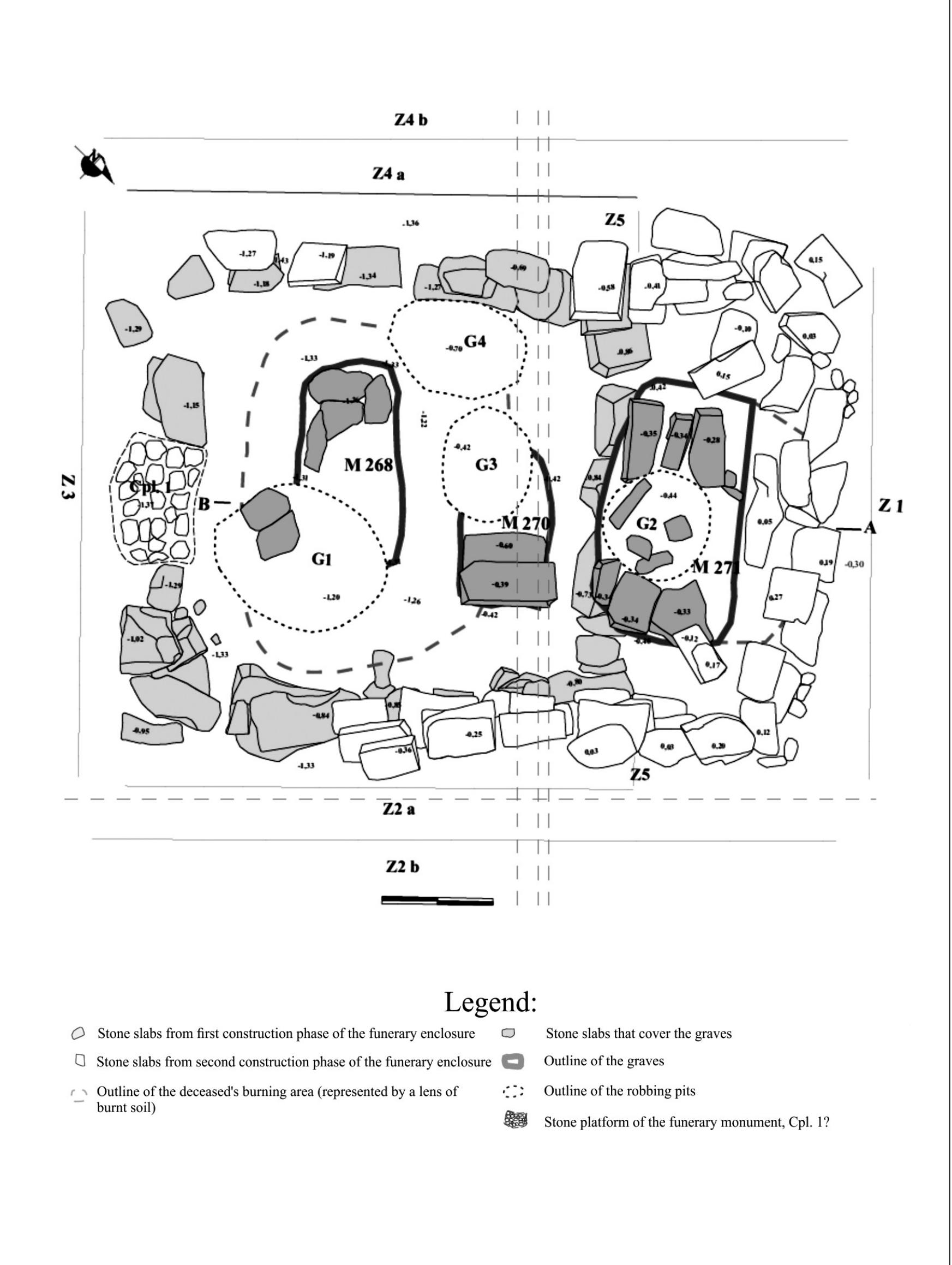Key research themes
1. How did Roman keys and locking mechanisms function and evolve technologically across different regions and periods?
This research area focuses on the typology, mechanical operation, and technological progression of Roman keys and locks. It addresses how locks functioned in practical contexts (such as securing chests, caskets, and doors) and traces innovations from earlier cultures through Roman adaptations, highlighting mechanical features and manufacturing techniques. Understanding this evolution informs on technological diffusion and regional adaptations within the Roman Empire and its periphery.
2. What social, symbolic, and cultural meanings were associated with Roman keys, especially in burial and identity contexts?
This theme investigates how Roman keys transcended mere functionality, serving as social indicators and symbolic objects. Research examines their placement in funerary contexts, associations with gender and authority, and amuletic or religious connotations. Understanding the cultural meanings attached to keys reveals insights into Roman notions of property, domestic power, identity, and afterlife beliefs.
3. How do specific archaeological finds of Roman keys and decorated key handles expand our understanding of Roman artistic expression and regional cultural interactions?
This area explores the artistic decoration and iconography associated with Roman keys, including elaborate key handles bearing scenes, the distribution of stylized key-rings, and rare imported examples. It addresses how these artifacts illuminate cross-cultural contacts within the Mediterranean and Barbaricum zones, as well as how key decoration reflects broader symbolic or narrative programs, enhancing comprehension of regional identities and art.












































